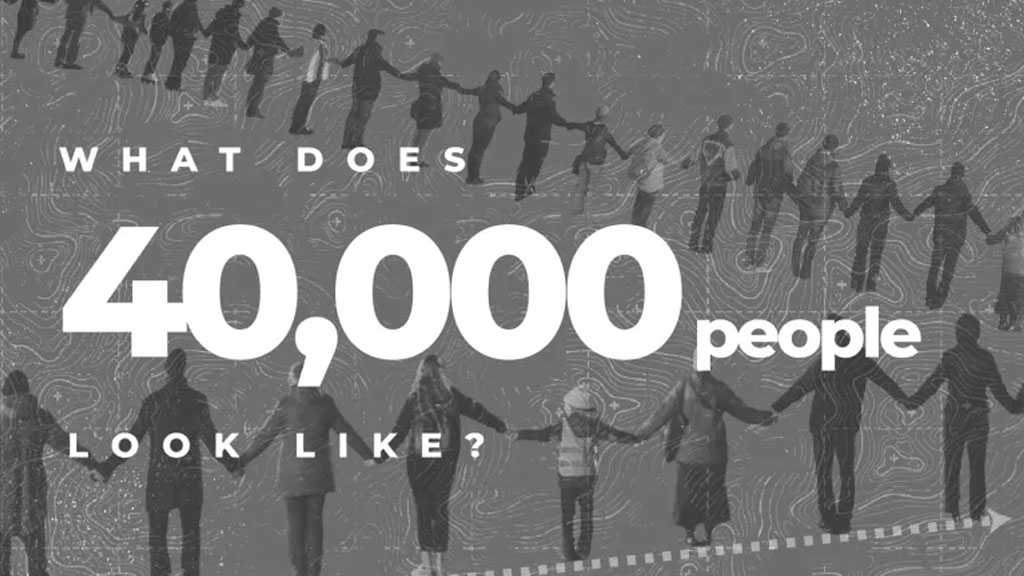A million "Israeli" killers in waiting - 21 killed by `dud` bomblets since war ended in Lebanon
Source: Collated by Moqawama.com, 09-10-2006
Hostilities may be over, but over one million unexploded cluster bombs continue to threaten Lebanese lives, as described by reports emerging from South Lebanon.
Twenty-one Lebanese have been killed and more than 100 wounded by unexploded "Israeli" bombs and bomblets dropped by "Israel" in the July-August war, the United Nations and Lebanese police said Sunday. As of October 3, 124 people had been killed or wounded by unexploded bombs, mostly submunitions that landed indiscriminately in civilian areas, the United Nations Office for the Coordination of Humanitarian Affairs (OCHA) said.
Lebanese police said that 21 people have been killed by the bomblets, including 16 civilians and five army bomb-disposal experts, since the 34-day conflict ended on August 14.
On Sunday, 57-year-old Ali Khalil Arbani became the latest reported casualty after he was wounded by a bomblet as he gardened in the village of Zawtar Sharqieh in the South, losing a finger, police said.
The Lebanese Army says that there are "possibly around one million" unexploded bomblets scattered around the South.
The "Israeli" newspaper Haaretz said last month that the army fired at least 1.2 million bomblets into Lebanon during the conflict. The OCHA said it had recorded 608 areas where cluster munitions had been fired "with more locations being identified every day."
The cluster bombs used by "Israel" contain hundreds of bomblets which are widely dispersed on impact.
"Do you want to see my scars?" asked 10-year- old Hussein Thine as he smiled and pulled up his shirt, revealing scars on his abdomen from the surgery that saved his life after a cluster bomb exploded at his feet. "My cousin Marwa and I went out to play as soon as we came back from Beirut, where we stayed throughout the war," Hussein said. "She found a cluster bomb, picked it up, played with it a little, and then dropped it at our feet. She was injured. All my insides came out. It was horrible."
Since UN Security Council Resolution 1701 calling for a cessation of hostilities came into effect 14 August, there have been at least 104 casualties in Lebanon from unexploded cluster bombs. At least 14 have been confirmed dead by UNMACC.
Latest estimates indicate that there are at least one million unexploded cluster bomblets in South Lebanon. According to Dalya Farran, UNMACC media and post-clearance officer in Tyre, the estimate includes the number of unexploded bombs from rocket and artillery strikes, but, assessments and information pending, excludes the number that may have been launched in aircraft cluster bombshells.
So far, at least 578 strike locations have been located in South Lebanon where assessment and clearance work is coordinated and supervised by UNMACC. Only around 20,000 bomblets have been cleared since work started following the cessation of hostilities, the vast majority of them in priority civilian infrastructure and areas including homes, schools, roads and municipality buildings. Agencies working on clearance say that it will take between 12 and 15 months for the process to be completed -- if, that is, funds remain available.
As a direct consequence of massive cluster bomb contamination, life in the south for many people, including children and agricultural workers, has been brought to a near if not total standstill. "I can`t access my farm," said Ahmed Mahmoud Nassar in Aayta Shaab. "Three families depend on this strip of land alone. Until the land is cleared, I don`t know what I will do. I have never worked on anything but my chicken and dairy farm."
The fact that 70 per cent of South Lebanon`s economy has depended on agriculture renders the need to clear cluster bombs as quickly as possible all the more pressing as recovery will be impossible if farmers are unable to go back to their fields. "All we have done ever since we returned from Beirut, after the war ended, is look out onto our fields and lament the fact that not only have we lost one harvest because of the war, but that the banana trees that have remained will inevitably die because we are unable to irrigate them," said Wafi Al-Khishin, who owns a banana farm in Ras Al-Ain near Tyre. "It might be a year before clearance is completed. But it will take the land and the trees 10 years to really recover from this disaster."
As for the children of South Lebanon, who were once accustomed to having the open fields to play in, the end of hostilities has brought little respite. According to Farran, the contamination of fields with cluster bombs has turned children into virtual prisoners in their homes, their parents worried about the dangers they could face if they go outside alone. It does not suffice, in areas where contamination is heavy, to look closely where one is stepping. The small size of cluster bomblets makes it difficult to spot them in an often rocky or sandy terrain. In addition, they have often been found hanging from trees. Where they were dropped, danger is everywhere.
Because the south Lebanese are eager to regain a sense of normalcy in their lives as soon as possible, many have started to do their own clearance, defying plentiful warnings from the Lebanese government, Hizbullah, the UN and non- governmental agencies who are participating in raising awareness on the ground. In Deir Qanoun, near Tyre, Bactec -- a clearance team on contract with UNMACC -- found approximately 1,000 cluster bomblets, which villagers had clearly picked up themselves, neatly packed up in wooden boxes. "We try and dissuade villagers from coming anywhere near the cluster bombs," said Simon Lovel, a team leader with Bactec. "People must be patient."
Exercising patience is not easy, however. "People need to get back to work," said Ahmed Hussein Khalifa, a Palestinian refugee living in Rashidiyeh Camp on the outskirts of Tyre who is now without work as a farm labourer owing to the presence of cluster bombs. "I don`t have children, so I won`t take the risk. But many, many people are willing to take the daily wage of $8 to go out into the fields, which more often than not will involve picking up cluster bombs and putting them to one side. It`s very dangerous. But what else are they to do?"
"Israel" has been under considerable international pressure over the cluster bombs issue, particularly after it was revealed that approximately 90 per cent were fired in the last 72 hours of the war -- a time when a Security Council resolution was at hand. The "Israeli" government insists that its use of cluster bombs was in accordance with international law. However, admissions published by Haaretz newspaper of "Israeli" army officers directly involved in the use of cluster bombs beg that more pressure be made against the government now. The "Israeli" daily quoted a commander in the "Israeli" Army`s Multiple Launch Rocket System unit as saying: "In Lebanon, we covered entire villages with cluster bombs; what we did there was crazy and monstrous."
UN officials have described "Israel's" use of cluster bombs in Lebanon as outrageous and as beggaring belief. Nonetheless, it is also worth noting that while Hizbullah came under fire -- not least by international human rights watchdog Human Rights Watch -- for using weapons that were non-discriminatory, the sheer magnitude of "Israel's" use of imprecise weaponry has received relatively little attention.
As for the fact that the majority were launched in the last hours of the war -- hence by default derailing the argument that "Israel" was not targeting civilians -- one million hard facts on the ground in Lebanon serve as a salutary reminder of what "Israel" really wanted to achieve in a war that killed 1,189 Lebanese and turned a quarter of the country`s population into refugees.




